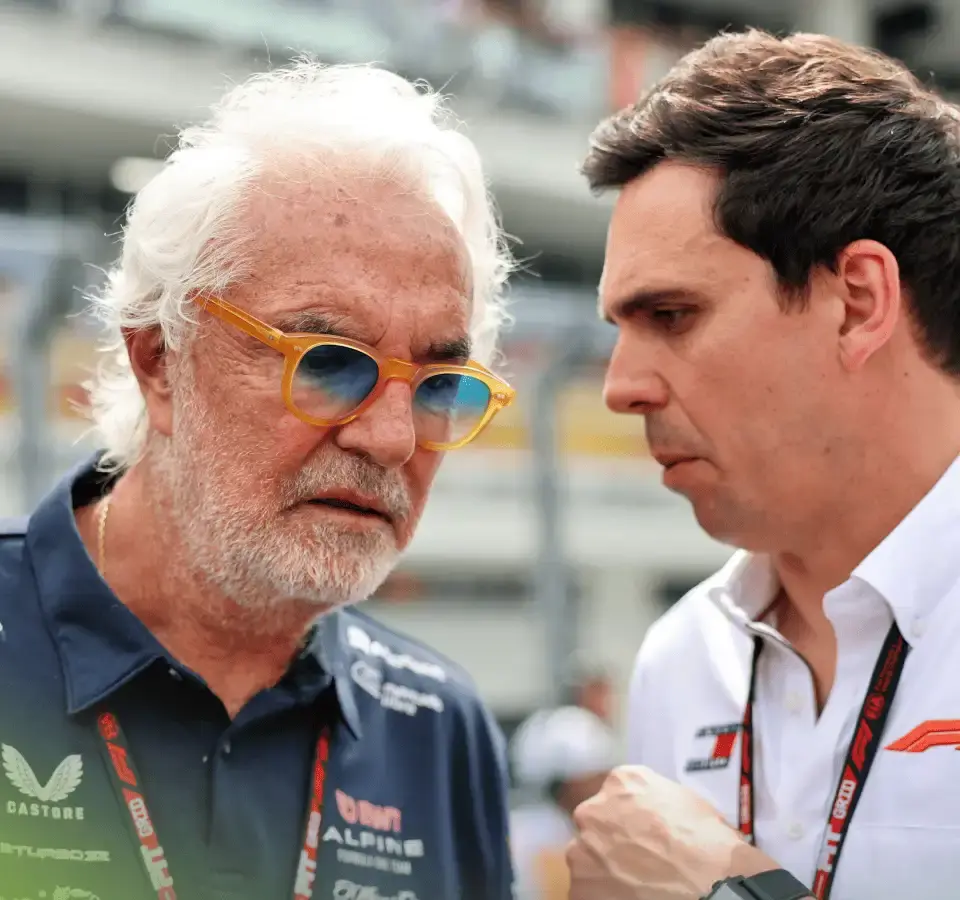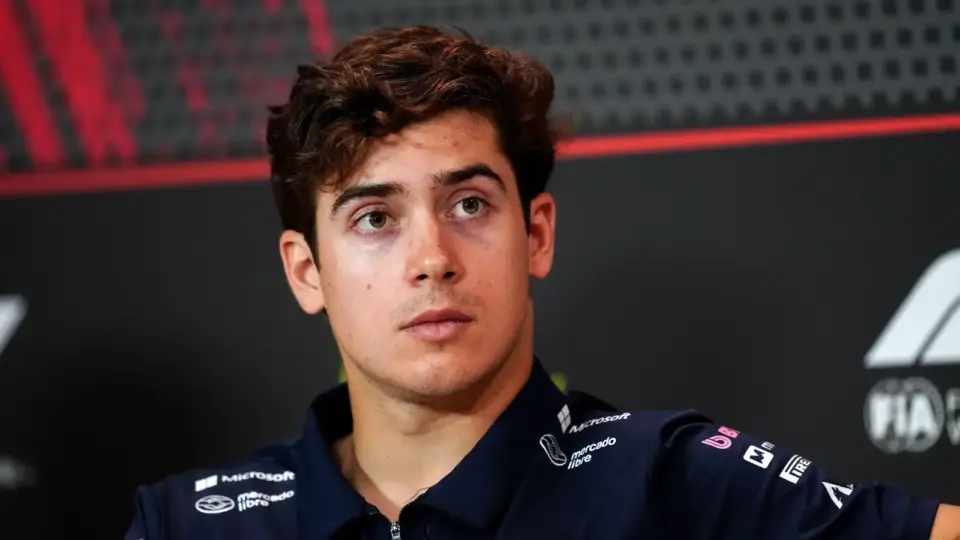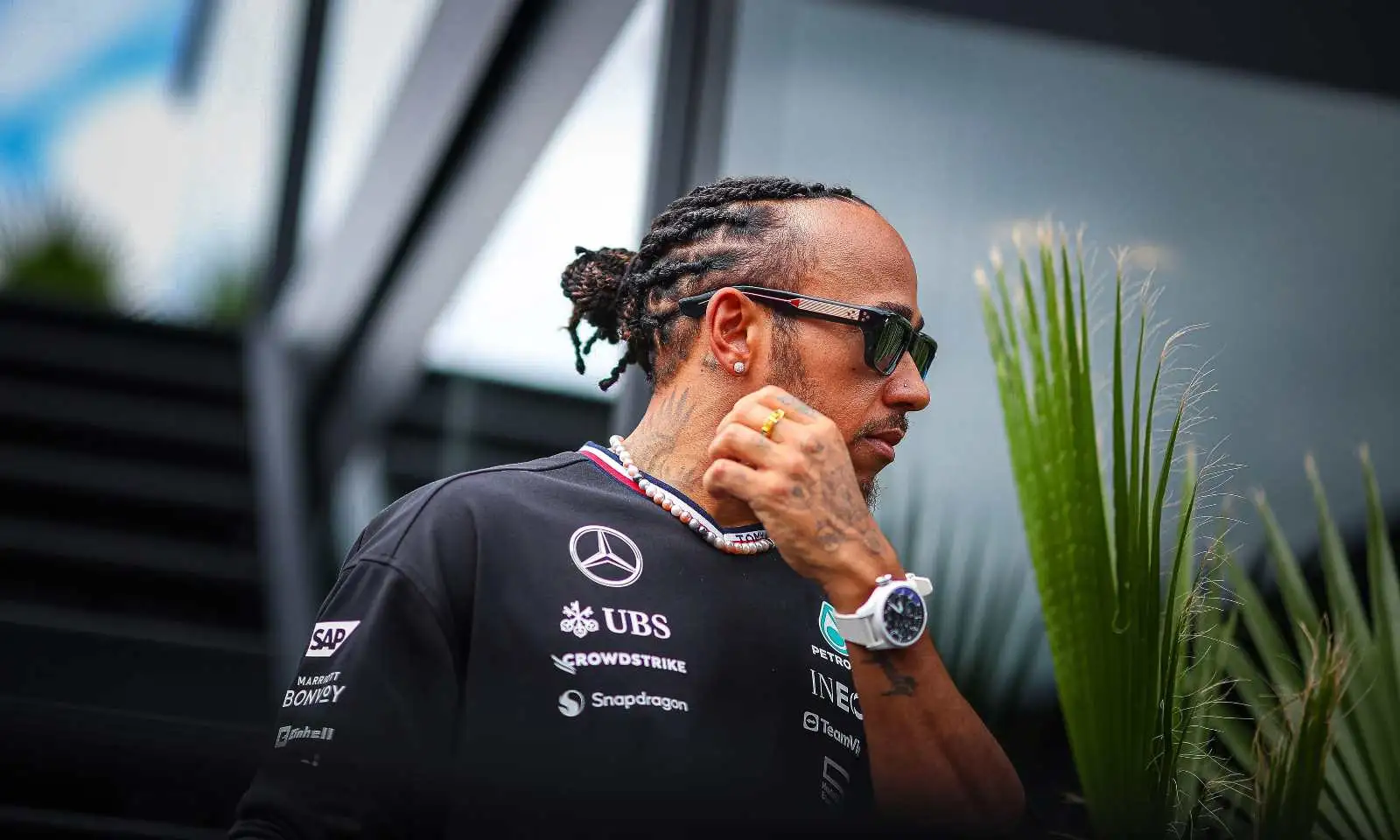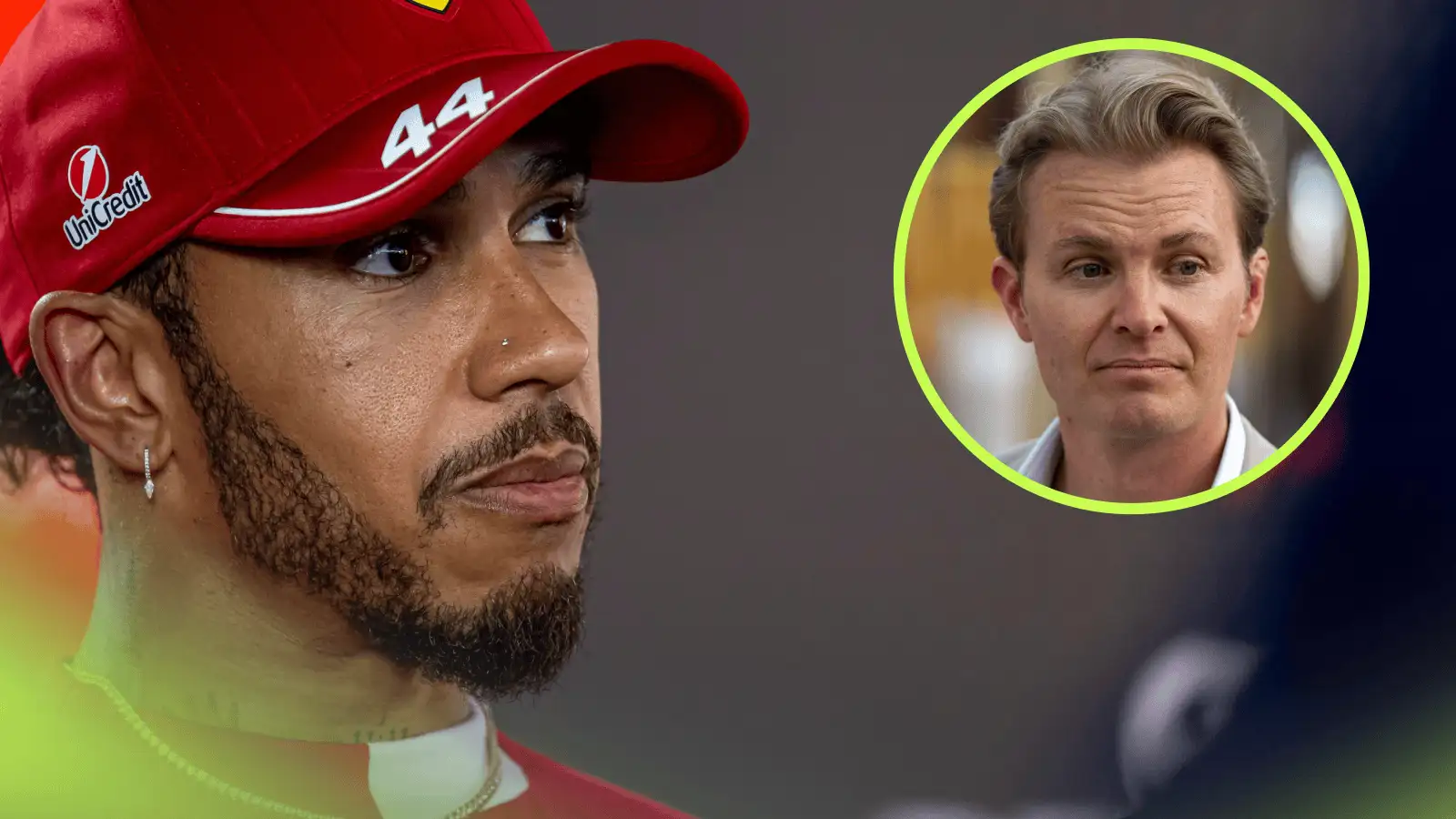In a twist that caught many by surprise, the FIA has stated that Flavio Briatore will not assume the role of team principal for Alpine at the forthcoming Emilia Romagna Grand Prix. The announcement follows a reshuffle within the Alpine team, sparking much discussion and speculation across the F1 community.
For those keeping an eye on Alpine’s management dynamics, this revelation adds another layer of intrigue. Flavio Briatore, a familiar name in the F1 world, returned to Alpine last year as an executive adviser. Yet, despite his high-profile presence and the recent departure of Oliver Oakes, the FIA’s latest statement suggests that Briatore remains in an advisory capacity.
Briatore’s Return Under the Spotlight
Flavio Briatore made headlines with his comeback to Alpine in June 2024. As an executive adviser, his role was initially framed as a guiding force behind the scenes. However, following the sudden exit of Oliver Oakes after the Miami Grand Prix, there was an expectation that Briatore might step into the shoes of the team principal, at least temporarily.
The FIA’s Stance: No Team Principal Recognition
Despite these developments, the FIA has clarified that Briatore is not recognized as the head of the team for the Imola race. This is due to Briatore not possessing the necessary F1 license, which is a technical requirement for such a position. Other members of the Alpine team, however, continue to manage responsibilities in his stead.
Dave Greenwood, a seasoned professional with a background as Kimi Raikkonen’s race engineer, has been appointed as the ‘dedicated responsible person’. This means he is the recognized figure liaising with the FIA for the team, filling the administrative gap left by Oakes.
Dave Greenwood’s New Role
Greenwood’s appointment as the main liaison with the FIA is significant, given his experience. Having joined Alpine in early 2025, Greenwood’s previous role at Hitech GP adds a layer of expertise in navigating complex team dynamics. His responsibilities now extend to covering administrative duties during this transitional period.
With the structural changes, Alpine’s focus appears to be on stabilizing their team hierarchy. Greenwood’s past experience will likely aid in guiding the team’s strategy through the ongoing season, ensuring that the team remains competitive on the track.
Flavio’s Advisory Role: A Strategic Move?
Briatore’s continued advisory role raises questions about Alpine’s long-term strategy. Despite the changes, neither Alpine nor Briatore has shown an intent to alter his current status. This suggests a strategic positioning where Briatore’s influence remains impactful behind the scenes.
The decision not to push for an executive status change might be indicative of Alpine’s plans to retain flexibility. By keeping Briatore’s role as it is, Alpine may be positioning itself for future adaptability in its management structure.
New Faces on the Track
Franco Colapinto is set to make his debut for Alpine at the Imola track, replacing Jack Doohan. Colapinto, who became a reserve driver after an impressive run with Williams, now faces the challenge of making a mark in just five races. His performance will be scrutinized before the British Grand Prix in July.
Colapinto’s brief stint is critical, not only for his career but also for Alpine’s performance. This strategic driver swap indicates Alpine’s proactive approach in optimizing their lineup to achieve the best possible results.
Behind-the-Scenes Negotiations
Rumors have surfaced suggesting Alpine has been in discussions with former Red Bull driver Sergio Perez. The team’s intent seems to be expanding its options for the driver lineup as the season progresses. While these talks remain speculative, they highlight Alpine’s strategic maneuvering off the track.
Should these negotiations lead to a new signing, it could shift the team’s dynamic significantly. For now, it remains a topic of discussion among F1 fans and analysts alike.
Comparisons to Sauber’s Past Management
Drawing parallels, Greenwood’s temporary role at Alpine mirrors Alessandro Alumni Bravi’s previous stint at Sauber. Both scenarios reflect how teams address sudden leadership changes without disrupting their season plans. It showcases the common practice of appointing interim roles to maintain continuity.
Such approaches allow teams to evaluate their long-term management strategies while ensuring that short-term objectives remain on track. It’s a careful balance between immediate needs and future planning.
Greenwood’s Expected Tenure
Greenwood is likely to hold his role through the current triple-header, ending with the Spanish Grand Prix. This period will test his ability to manage team operations while aligning with Alpine’s future goals. His temporary role could stretch further, depending on upcoming races.
Alpine’s decision to retain Greenwood in this capacity ensures that team leadership remains stable during crucial races. This strategic choice might influence how the team’s management evolves over the rest of the season.
The Road Ahead for Alpine
The next few races are crucial for Alpine, both on the track and behind the scenes. With Briatore’s advisory insights and Greenwood’s leadership, the team is looking to solidify its presence in F1. How these roles develop will shape Alpine’s competitive edge.
Observers will keenly follow these developments as Alpine navigates this intriguing phase. The decisions made in the coming weeks will likely have lasting implications for their standing in the F1 hierarchy.
As Alpine maneuvers through this period of transition, all eyes will remain on how effectively the team adapts to these changes. The interplay between experienced advisers and emerging leadership will define Alpine’s trajectory this season. With strategic decisions in the making, the upcoming races will serve as a litmus test for the team’s direction in the fast-paced world of Formula 1.










